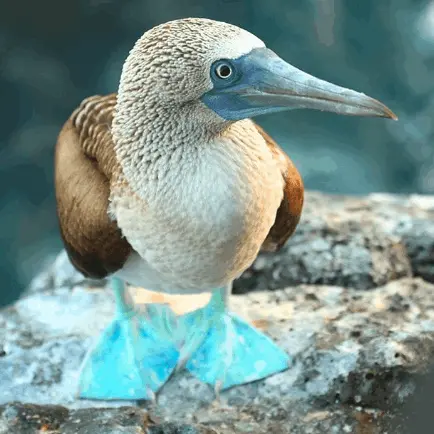
Top 10 Fascinating Facts About the Blue-Footed Booby
The blue-footed booby is one of the most iconic seabirds in the world, known for its vibrant blue feet and quirky behavior. Found along the coasts of the eastern Pacific, especially the Galápagos Islands, these birds are both fascinating and entertaining to observe. Here are the top 10 facts that make the blue-footed booby truly unforgettable.
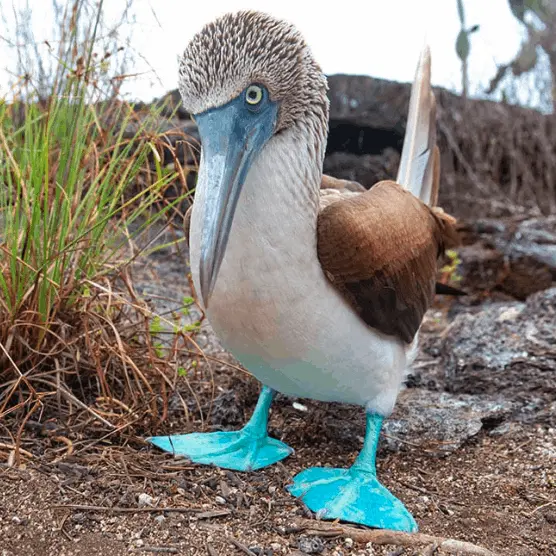


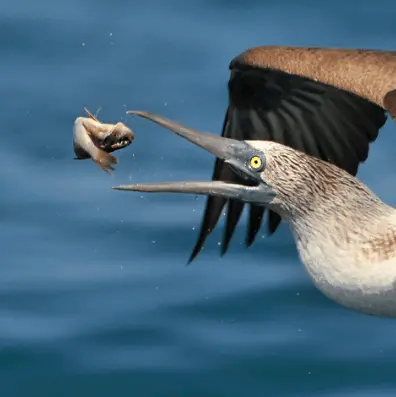
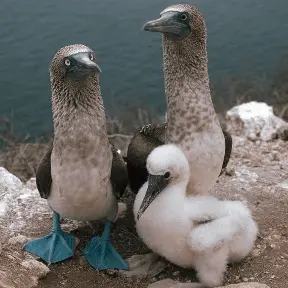
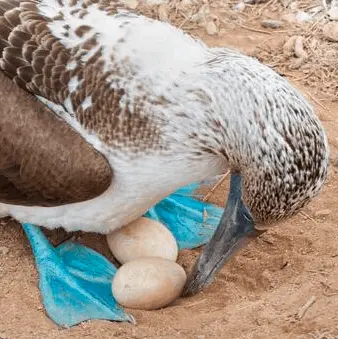
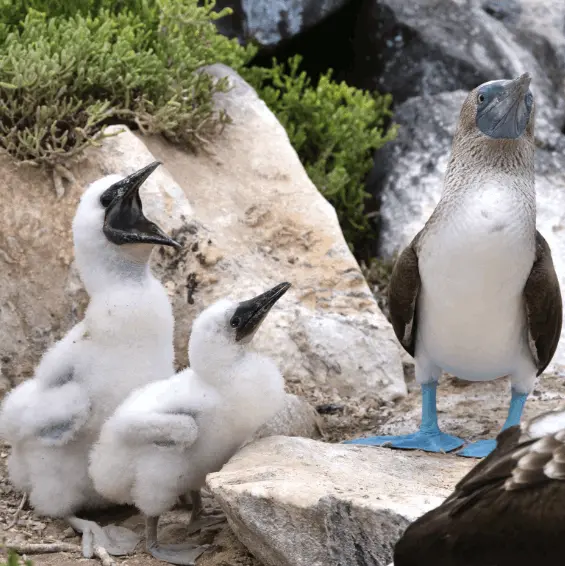
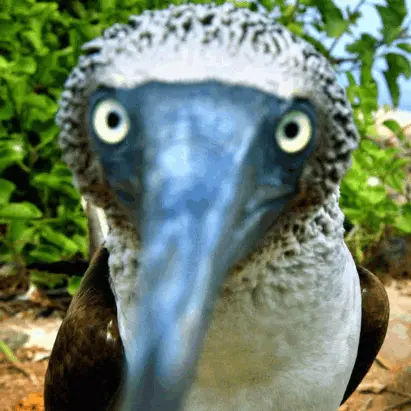

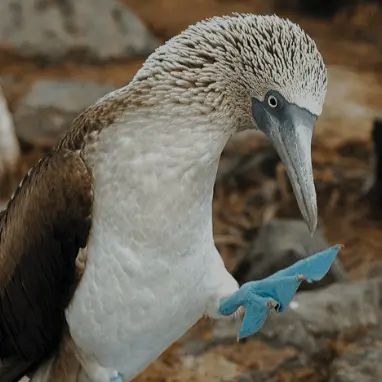

Follow Us